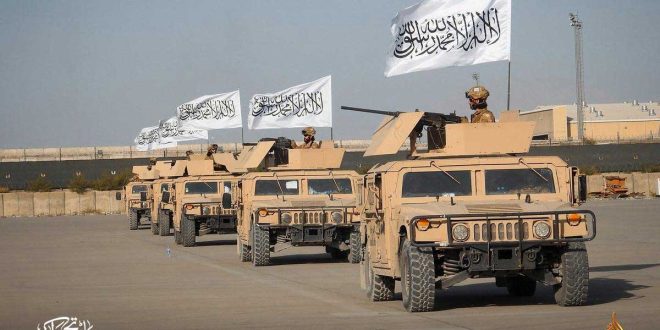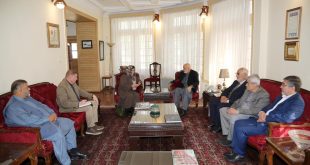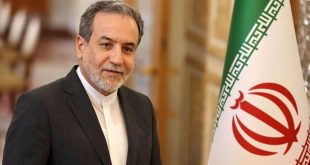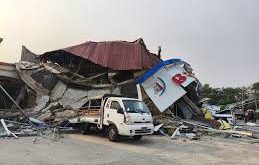KABUL – Taliban’s Supreme Leader, Hibatullah Akhundzada, has issued a decree consolidating control over Afghanistan’s military weapons and equipment – in a bid to centralize oversight under Akhundzada’s authority, eliminating discretionary control by Defense and Interior Ministries, previously led by Mullah Yaqoob and Sirajuddin Haqqani.
The decree mandates a comprehensive inventory of military assets, from advanced weaponry to surveillance equipment, to curb unauthorized distribution and potential misuse. Taliban officials claim this measure is essential to “prevent abuse” and bolster “national defense.” However, international observers and regional stakeholders remain skeptical, questioning whether this move is a step toward governance or deeper Talibanization.
Afghanistan, since the U.S. withdrawal in 2021, has been left with an estimated $2 billion worth of advanced military hardware. These weapons have fueled concerns of cross-border militancy, particularly impacting Pakistan, where terrorist groups like the Tehrik-i-Taliban Pakistan (TTP) have reportedly used such equipment in escalating attacks. In 2023 alone, cross-border incursions by TTP militants armed with modern weaponry increased by nearly 50%, straining Islamabad’s security apparatus.
Akhundzada’s directive could be seen as an attempt to manage this fallout, signaling a commitment to regional stability. Yet, the centralization of military control may deepen internal divisions within the Taliban, sidelining factions and risking internal strife. Analysts warn that the move could undermine unity, with potential for factional resistance or even rebellion.
The decree has also drawn scrutiny for its lack of transparency. Critics argue that without independent monitoring, the Taliban’s promises of regulation are dubious. The international community, especially neighboring countries like Pakistan, has called for greater clarity on the Taliban’s military inventory and measures to prevent weapons from entering black markets or arming rogue elements.
While this policy could restrict the flow of arms to militant groups, its success depends heavily on enforcement—an area where the Taliban’s track record inspires little confidence. For Pakistan, the stakes are high. Enhanced border vigilance and proactive counterinsurgency measures will be critical in mitigating the risks posed by this new policy.
The centralization of military control in Afghanistan reflects a broader struggle within the Taliban to assert authority while navigating the challenges of governance. Whether this move fosters stability or exacerbates conflict remains uncertain. Regional actors must tread carefully, balancing engagement with the Taliban against the need to safeguard their own security interests. Ultimately, the decree underscores Afghanistan’s precarious position in the global order—a nation grappling with internal divisions and external pressures. Its success or failure will shape not only the country’s trajectory but also the security landscape of the region.
 Afghanistan Times
Afghanistan Times




